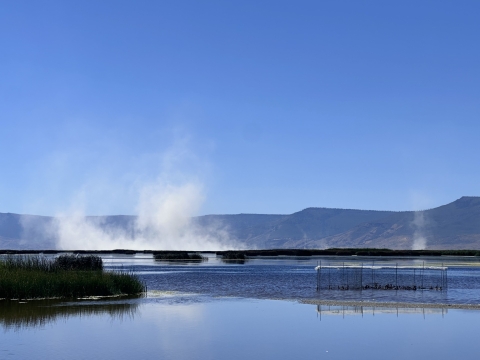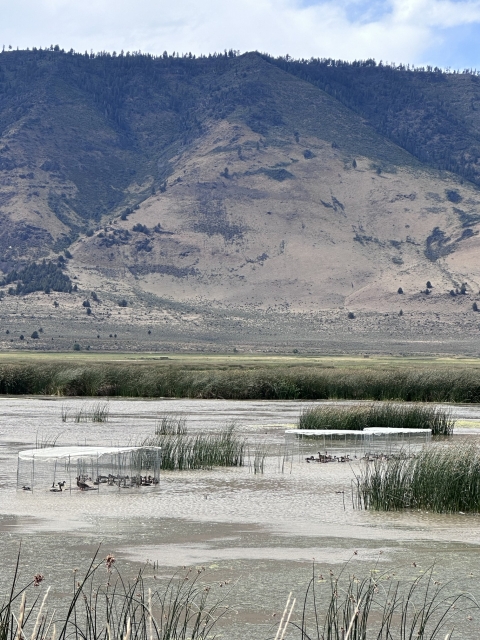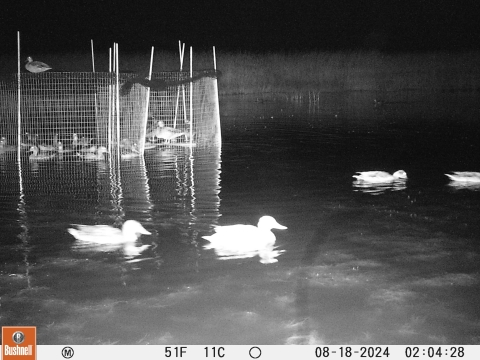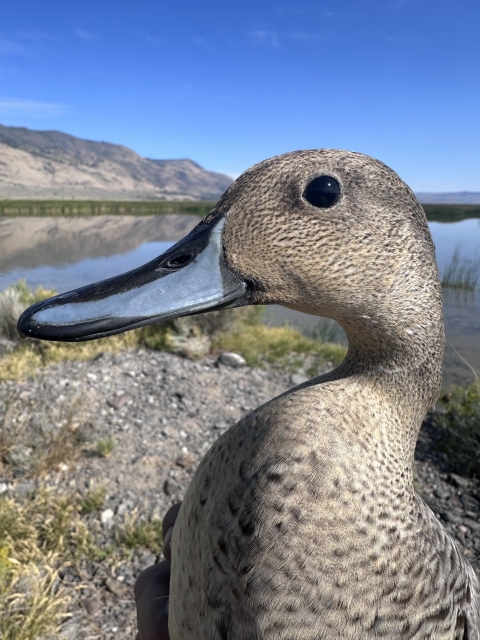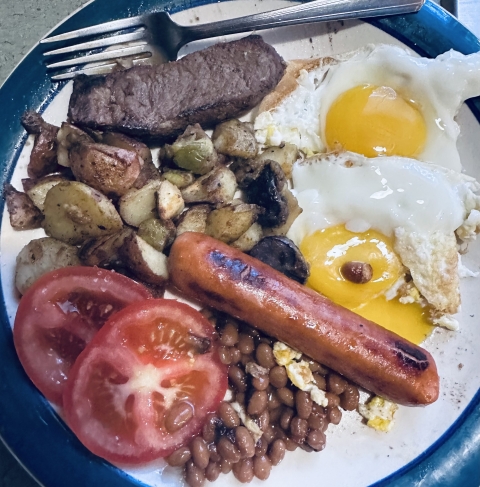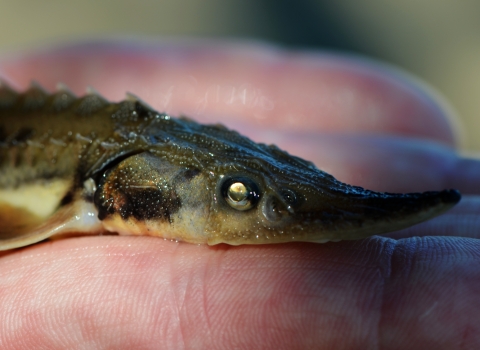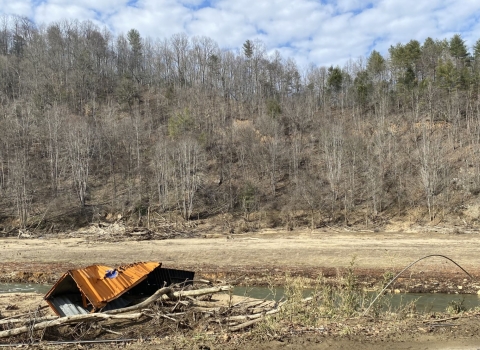Crossing through a small pass on Highway 31 in southeast Oregon you look down at an ancient lake basin and out over a playa spitting dust into the air. Around 16,000 years ago, from the same location, you would have been looking across the massive Lake Chewaucan. Fourteen thousand years ago, there would have been people living on its shores, hunting waterfowl, mule deer, pronghorn, and other wildlife in the area with Clovis style spear points. Over time, the Pleistocene gave way to the Holocene and the landscape became more arid. Southeast Oregon became a desert land of sage, antelope, alkali dust, and shallow closed lake basins. In 1843, the Fremont Expedition camped in the exact location from where I am writing. No matter where you are on the earth, things are always changing, each epoch its own faint echo for those who will listen.
At just over 8,300 square miles, Lake County, Oregon is roughly one and a half times the size of Connecticut, but with just over 8,300 people, Lake County has less than 1% of Connecticut’s population. Cows outnumber people here. I consider each of these conditions to be a positive attribute. It’s not uncommon for the morning rush hour gridlock here to be caused by a cattle truck being followed by 40-50 black angus, a few Charolais, and several cowboys on horseback. It is dry here, about 16 inches of annual precipitation at our banding location, even less, 10 inches, to the east in the Diablo range. But there is a spring and river fed marsh full of ducks on the north end of our dust spitting playa and they are the reason we came.
I picked up a returning crew member, Amy O’Donnell from the USFWS Chesapeake Bay Field Office, Annapolis, Maryland, in Eugene, Oregon, at the beginning of August. This was Amy’s first trip to Oregon, and she got to see a decent cross section of the state. The next morning, we crossed the Cascades winding out of the steep canyons of the western Cascades and over Santiam Pass. It was clear and blue, and the high Cascades were beaming as we left them behind heading east to the desert.
Our banding effort started with a trickle of teal and then a flood of mallards. By the middle of August northern pintail arrived and we were able to adjust some trap sites to take advantage of these news birds. With just two of us on the crew we had some long days processing big catches.
Over the course of the season, the ducks ate well over 2.5 tons of grain. It’s a lot of work. It beats up your hands and arms. You get covered in mud each day. Most nights you crawl into bed exhausted. But this is one of the most rewarding things I do every year, and I have been lucky to get to spend time over the years with a good number of excellent and professional biologists who love the grind as much as I do. That’s the key to happiness I think, loving the effort as much as the outcome.
At the end of August, we left–headed west again, back over those beaming mountains and back down South Santiam Canyon into the Willamette Valley. At our backs to the east, the playa filled the length of the valley, spitting Pleistocene dust in the afternoon wind.
Alright. Now we finish with what has sort of become a tradition for my banding crew over the years, a banding camp recipe:
Lake County English Breakfast
Breakfast is the most important meal of the day, and nothing prepares you better for a day in the marsh than a calorie dense classic English Breakfast. We have made a few substitutions. Traditional blood sausage is not readily available at the store here, so we’ve included a smoked link. In this case it isn’t homemade though you could do that. I just forgot to get some out of the freezer while provisioning our camp. We’ve added a venison steak as well, in this case, black tailed deer sirloin.
Ingredients
- Potatoes, diced
- Baked beans
- Eggs, 2 per person
- Venison steak, 1 per person
- Smoked Sausage link, 1 per person
- 1 tomato, sliced thick
- Sea salt
- Black pepper
- Vegetable oil
Directions
Heat baked beans in a saucepan and simmer on low while cooking the rest of the meal. Add some vegetable oil to a cast iron skillet and season potatoes with salt and pepper. Cook until just past al dente. Remove from pan. Season blacktail steak and sear in cast iron until medium rare. A well-done venison steak is an affront to everything good in this world, so don’t overcook it. Cook the sausage alongside the steak until done. Crack the eggs and cook sunny side up or over easy. Slice the tomato and season with salt. Serve all of this on a plate and pair with black coffee.
You’re ready for the day.


